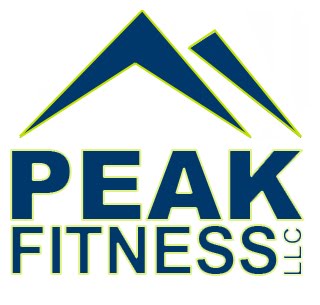One of the most important statements I have heard uttered in my career as a fitness professional is that you can begin to emerge as an expert in any field within a year of studying your craft for one hour per day (or something along those lines)
Through the emphasis on education by experts such as Boyle and Cosgrove, the quantity of information for both strength coaches and personal trainers has greatly improved over the last few years (to the point that I am regularly asked questions such as which “dynamic warm ups” is best for the pec deck machine versus the leg press)
Now, reviewing the statement above, one thing that has become clear to me is that the fine line between a good and a great professional in any field is not only acquiring information, but understanding it’s relevance and applying it to your given task.
In the field of fitness, this means ideas and information that somehow improve the quality of daily practice. For example, a dissertation on the biomechanics of the foot and ankle may be essential in helping a physical therapist in their daily work rehabbing runners and athletes, but bear little relevance to a dynamic warm up for the leg press (that was a joke BTW)
My point is that analyzing the task or population at hand and evaluating what information is necessary to grow your service or system is a refined skill in itself. This is why the writings of strength coaches such as Eric Cressey, Mike Boyle, Eric Cressey and Mike Robertson are required reading for my trainers. These are the “meat and potatoes” guys of strength and conditioning.
The density of applicable information in their work is fantastic and readily applicable to what we do on a daily basis. By the same token, I would like to present a few simple steps I have developed to better refine the delivery and application of my information:
1. Consideration
When considering subject matter to study, I look at the population I deal with and/or current projects I am working on and pinpoint the subject, information and applicable skills I will require to achieve success. For example, because I feel a need to improve the ability of my client’s to actively brace their abdominals in standing, I have sought physical therapy rehabilitation text on rehabbing the lumbar spine.
In addition, I am also studying the work of PT Gary Gray, whose work with standing abdominal training may be useful to constructing more efficient abdominal circuits.
2. Cataloging:
As I review this information, I will catalog relevant bits of data and ideas in to a “practical applications” section of my notes. This allows me to go back later and piece together my methodology and how I will apply this info (think of this
as Cliff’s notes to review later).
3. Categorizing:
After determining how I will apply this information, I will categorize the web resources in the “bookmarks” section of my web browser under titles such as “sports performance” “vertical core training” etc. I take this same approach with an ever expanding list of daily blogs I study. For this task, I highly recommend “Google Reader”. This resource allows you to tag and access specific blogs and websites when new info is published.
If I need inspiration in strength and conditioning, I will head over to Mike Boyle’s blog. If I feel like learning about the glutes, I now have Bret Contreas. Eric Cressey has taught me more about the shoulder than I will ever remember all via the archives available on his daily blogging site.
While books are still king in improving what I do, this daily flow of information helps me to truly become a little better every day by simplifying what I do. As I hope this blog entry will do for readers!




No comments:
Post a Comment